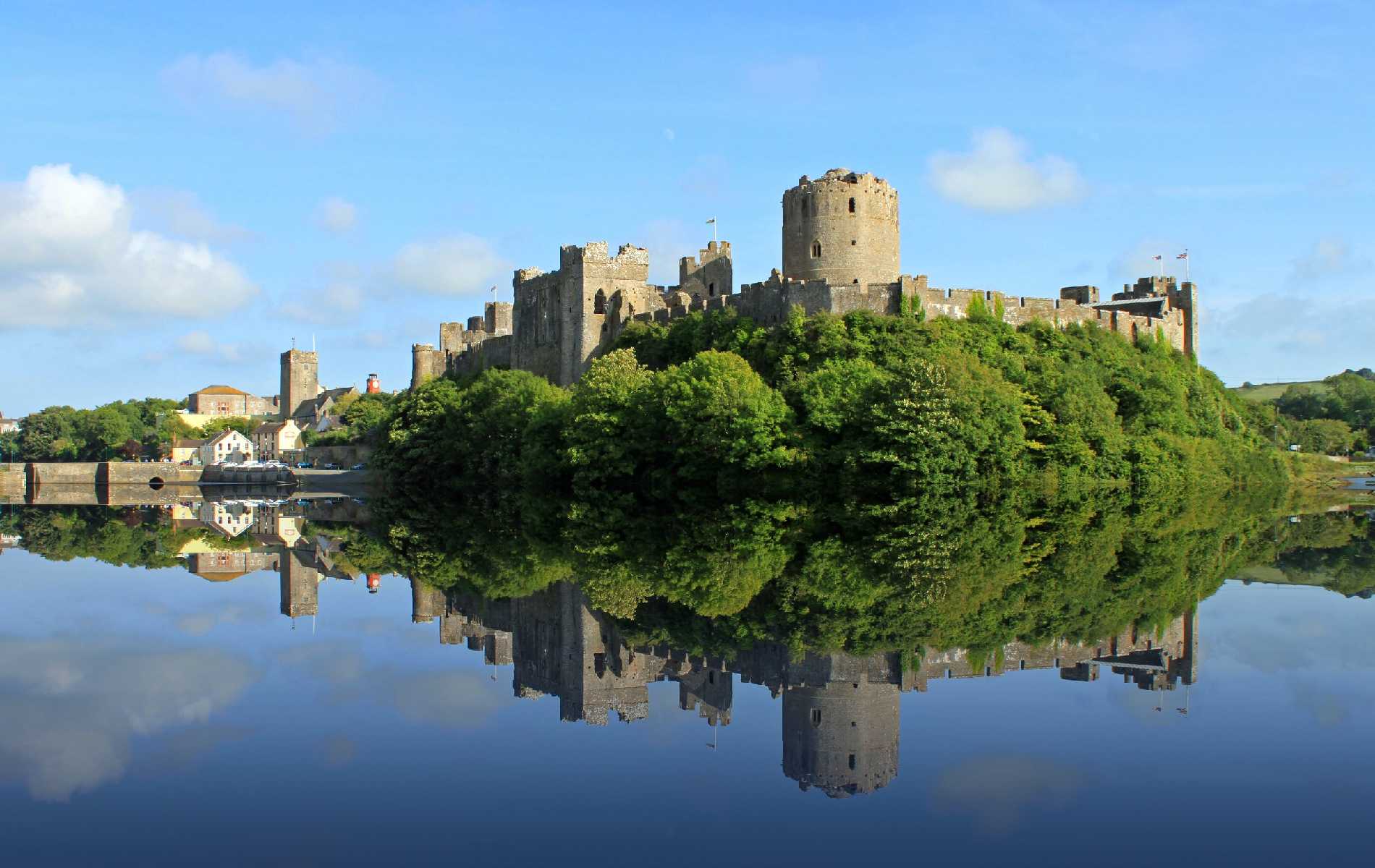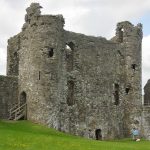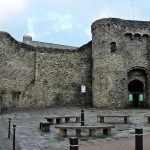The castle was built by English King Edward I for his campaign to conquer Wales in 1277-87 AD. It would then serve as one of his main centres of administration from where he would oversee advances into northern England, including campaigns in Scotland. The castle was later repeatedly captured by Welsh rebels who on several occasions brought it under their control. It was however recovered by English forces and remained in English hands until 1462 when it was surrendered to the Welsh and then fell into ruin.
The remains of the keep (also known as the Great Tower), which measures 18m square and 12.6 m high, now form a prominent mound with views across the Teifi Valley towards Cardigan Bay. Several walls remain standing to a height of 6m, with outer defences measuring 1.5km in circumference and including two baileys. The foundations of the 12th-century domestic buildings, private apartments and stables are buried below ground level in the northwest corner of the inner ward, where the keep stands.
The castle is accessed by a modern bridge across a moat (now dry) which lies at the northeastern corner of the inner ward. A gatehouse lies on either side of this entrance and both include a postern gate with significant surviving remains which provided access to the bailey beyond. The gateway was defended by two towers, originally four in total, which lie towards each corner of an inner ward measuring approximately 200m by 120m within strong defensive walls up to 12m high.
If you enjoyed this article you might also like to read about Conwy Castle



